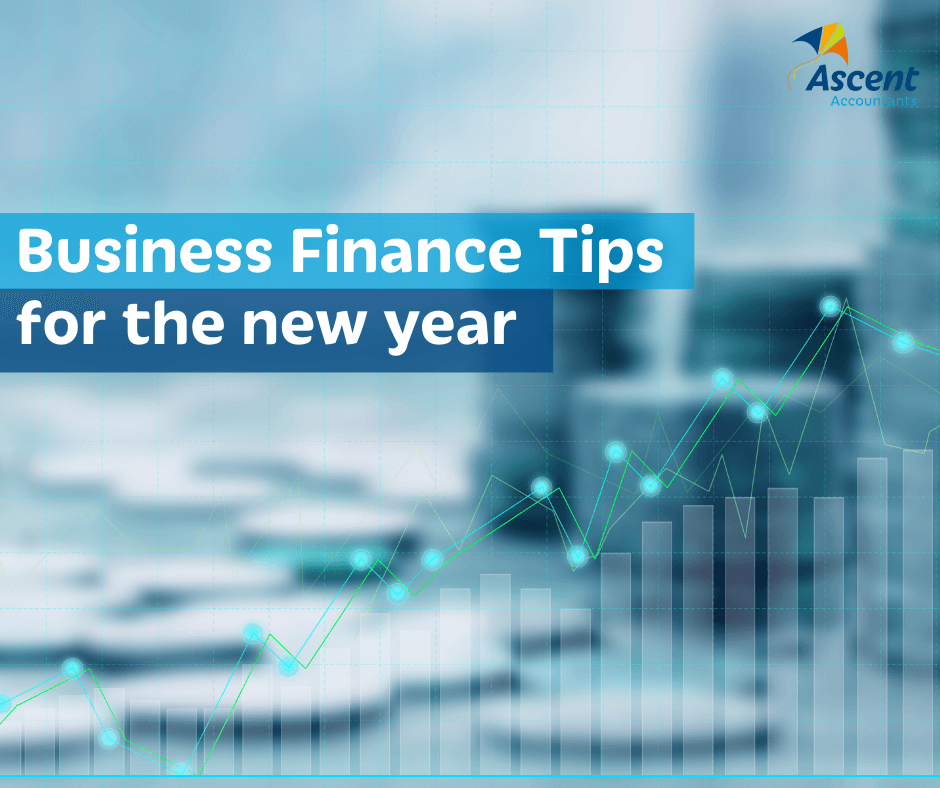Business finance tips for the new year

Review your budget
Developing an annal budget for your small business is an extremely important first step in helping you manage your finances effectively all year round. Budgets help guide your business decisions ahead of time, as well as help you determine plans for expansion.
It always pays to sit back and have a hard look over you businesses finances, check your cashflow, and be hard but realistic with what you need to do going forward to better your small business.
Go paper free
One way to help you stay organised and stay on top of your small business’ finances is to go paper free. It’s nearly impossible for small business owners to remember when all payments are due, especially if they are all over the place, lost or forgotten.
Automating you business bill payments not only helps with budgeting, but it also prevents overdues. It also keeps everything in one place, Organising, filing and tracking emails is much easier than paper, especially when you’re trying to stay on top of a mix of the two. Keep everything in one place, automated and hassle free.
Get in the habit of financial forecasting
Another excellent thing to get in the habit for in the new year to help set your business up for financial success is studying market trends to help forecast your financial position and business plan accordingly. Using up to date knowledge of what’s going on around you in relevant fields will help you gauge a clearer picture of where your small business is heading and what it’s going to need to tackle. This enables you to amend any obvious flaws and forge a better strategy for the growth of your small business.
Manage your debt
Carrying debt is never a good idea for small businesses, and you really want to avoid carrying them over year to year. The start of the new year can be a great time to sit down and, strategize and figure out the best way to tackle and pay off your debts. Making a well thought out plan for the repayments before you take out more loans should be a priority. As is paying off any other outstanding business payments.
Get savings savvy
A backup savings plan is always a must, especially in the context of what we have experienced this year. Having a good savings plan for your small business helps protect you should anything go wrong. While you budget for the new year, be sure to factor in what you need to do to have enough saving to cover any potential business losses.
When in doubt, seek help
Seeking professional finance assistance is always the best way to help support your small business finances. With so much else on your plate running a small business, managing finances can very easily be left to the professionals.
Instead of procrastinating, spending too much time on the job, worrying about it or making overlooked mistakes, hire a professional for the job.
Here at Ascent, we specialise in small, medium and family owned/operated businesses. If you want some extra help or advice to help nail your business finance in the new year, please get in contact – we’d love to help.
Phone: 08 6336 6200
Email: info@ascentwa.com.au
Need help with your accounting?








